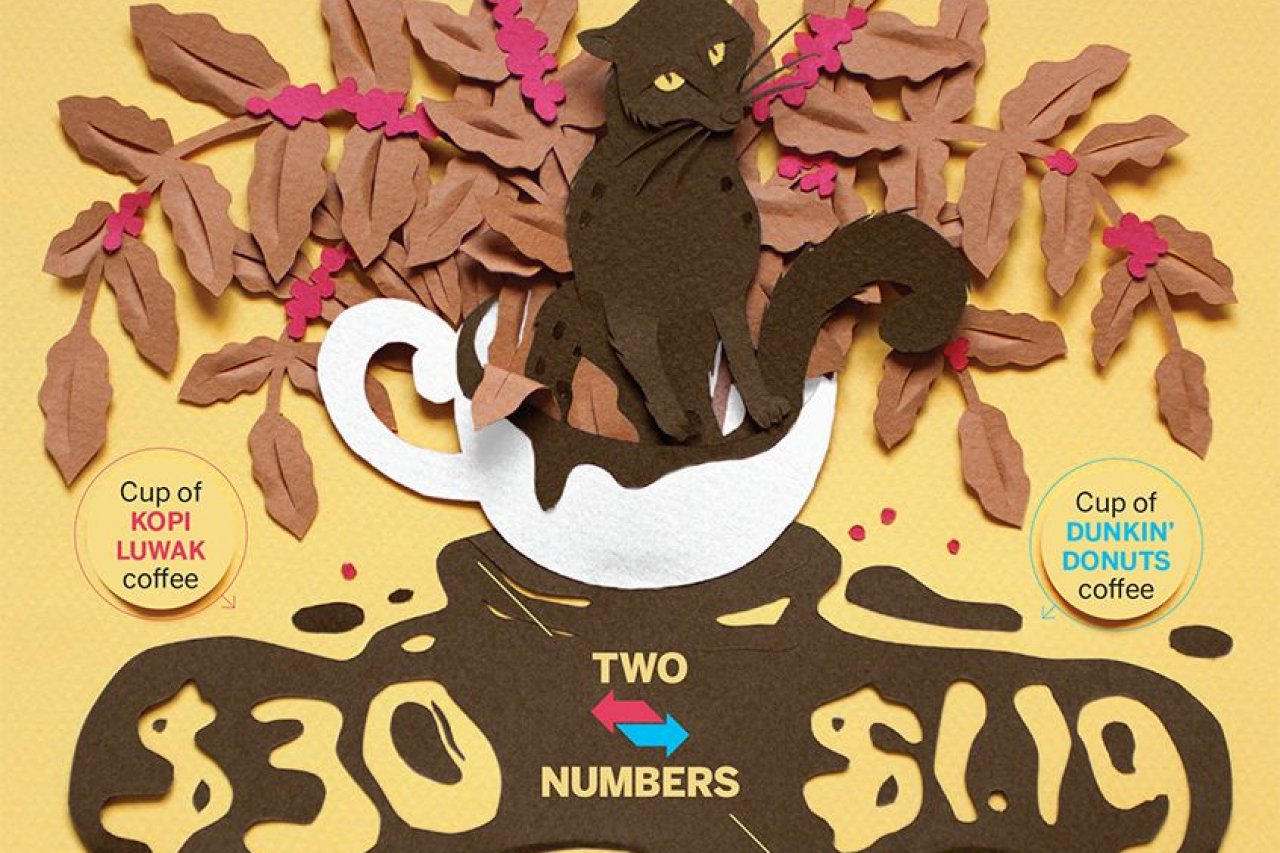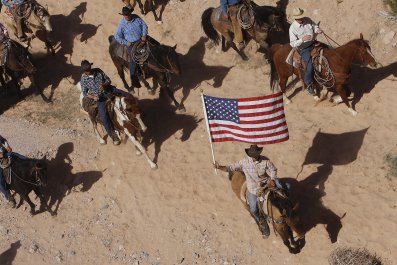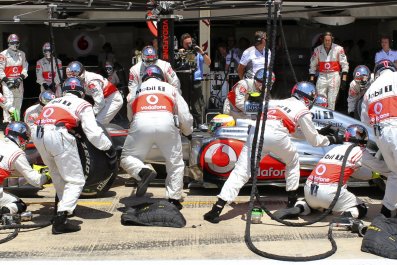In 1950, any American could have told you the price of a cup of coffee: one dime. Back then, American coffee was the ultimate commodity: uniform, inexpensive and frankly not that great. Today, coffee, like virtually every other product category, has luxury options that cost not just a little bit more but many times what mass-market products cost.
Take kopi luwak, a coffee bean produced on the Indonesian islands of Sumatra, Bali, Sulawesi and Java. A shot of kopi luwak at a specialty café in the West Village neighborhood of New York City will set you back $30, while a small cup of coffee at a nearby Dunkin' Donuts costs $1.19.
What's so special about kopi luwak? It's the unique way the coffee bean is produced. Wild Asian palm civets, small catlike creatures, eat the coffee berries grown on coffee plantations. After remaining in their digestive tract for a day or so, the berries are excreted more or less intact, collected, washed and processed.
Coffee retrieved from animal excrement is not everyone's cup of tea, so to speak. It goes without saying that kopi luwak is incredibly rare. That's why a single pound can cost $350 or more. In the wild only about 1,000 pounds are produced worldwide each year. But demand for the exotic coffee has grown so great that farmed production is estimated at closer to 500 tons annually, a thousand times bigger than what is produced naturally.
The kopi luwak production boom has experts concerned, not the least because of worries about animal cruelty. Antony Wild, the coffee trader who originally brought kopi luwak to public attention in the early 1990s, has launched a campaign to certify genuine kopi luwak. "What originally appealed to me is you had this cute furry animal coming onto a coffee plantation and nibbling the beans and going away and leaving the beans with an interesting flavor," he said. "It was very quirky, charming and faintly disgusting. Now it's become absolutely cruel and vile."
Alas, even tiny animals from remote jungles are not free from the effects of surging global sales of luxury products.





















